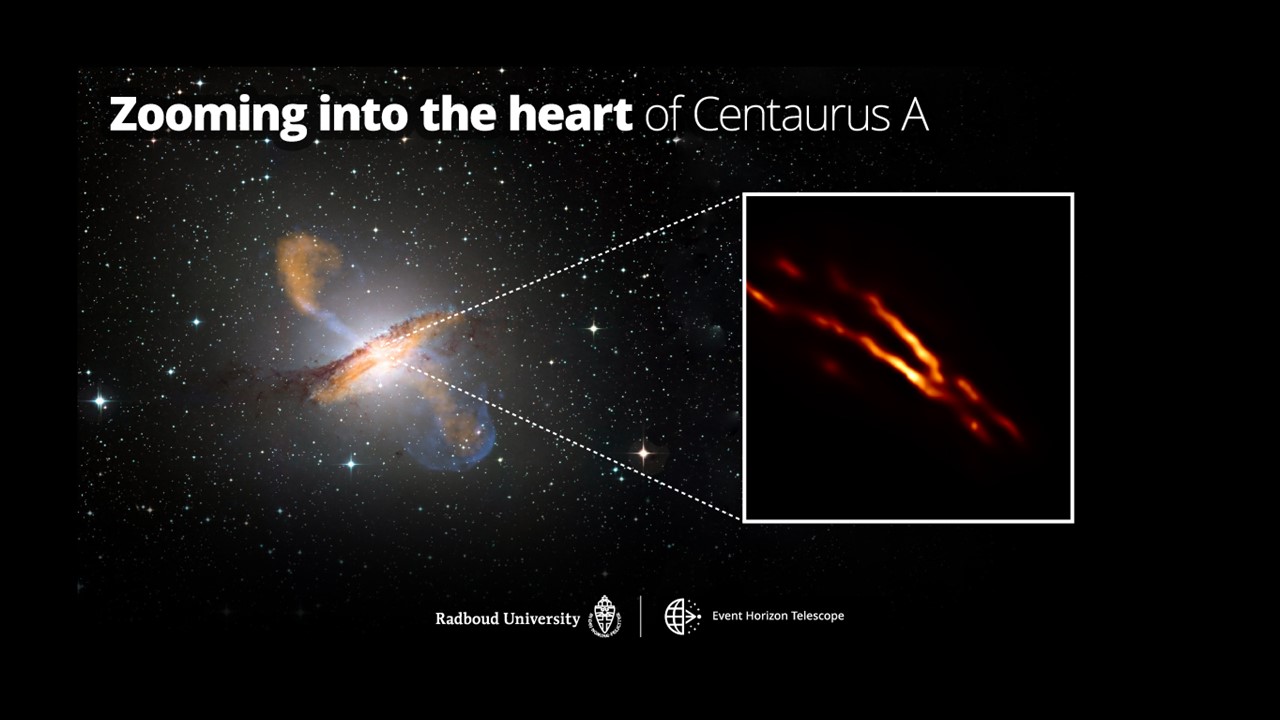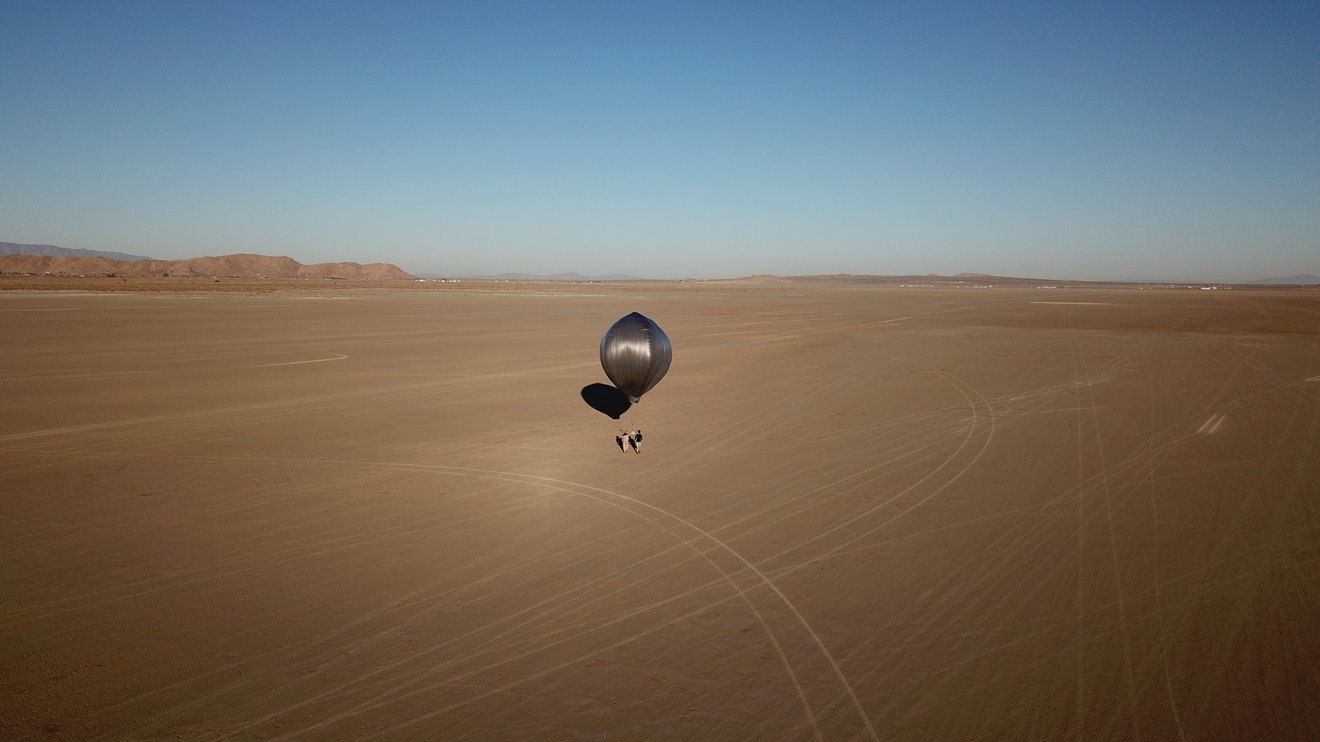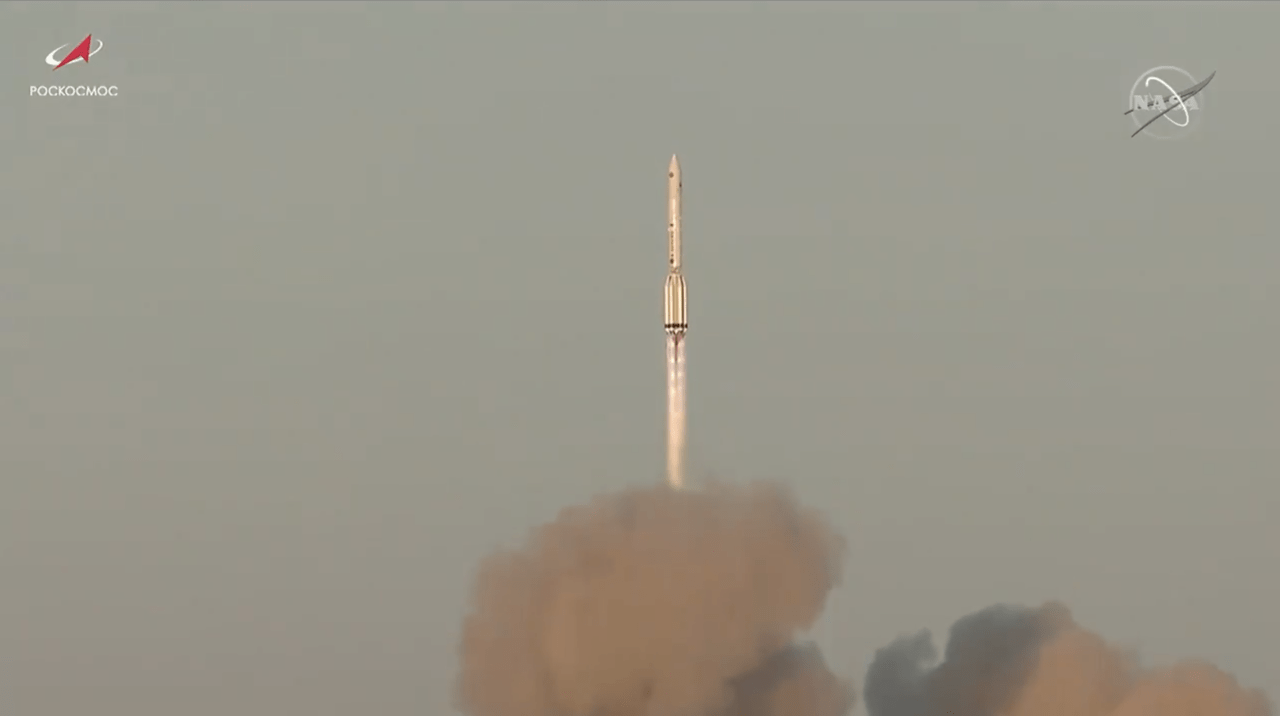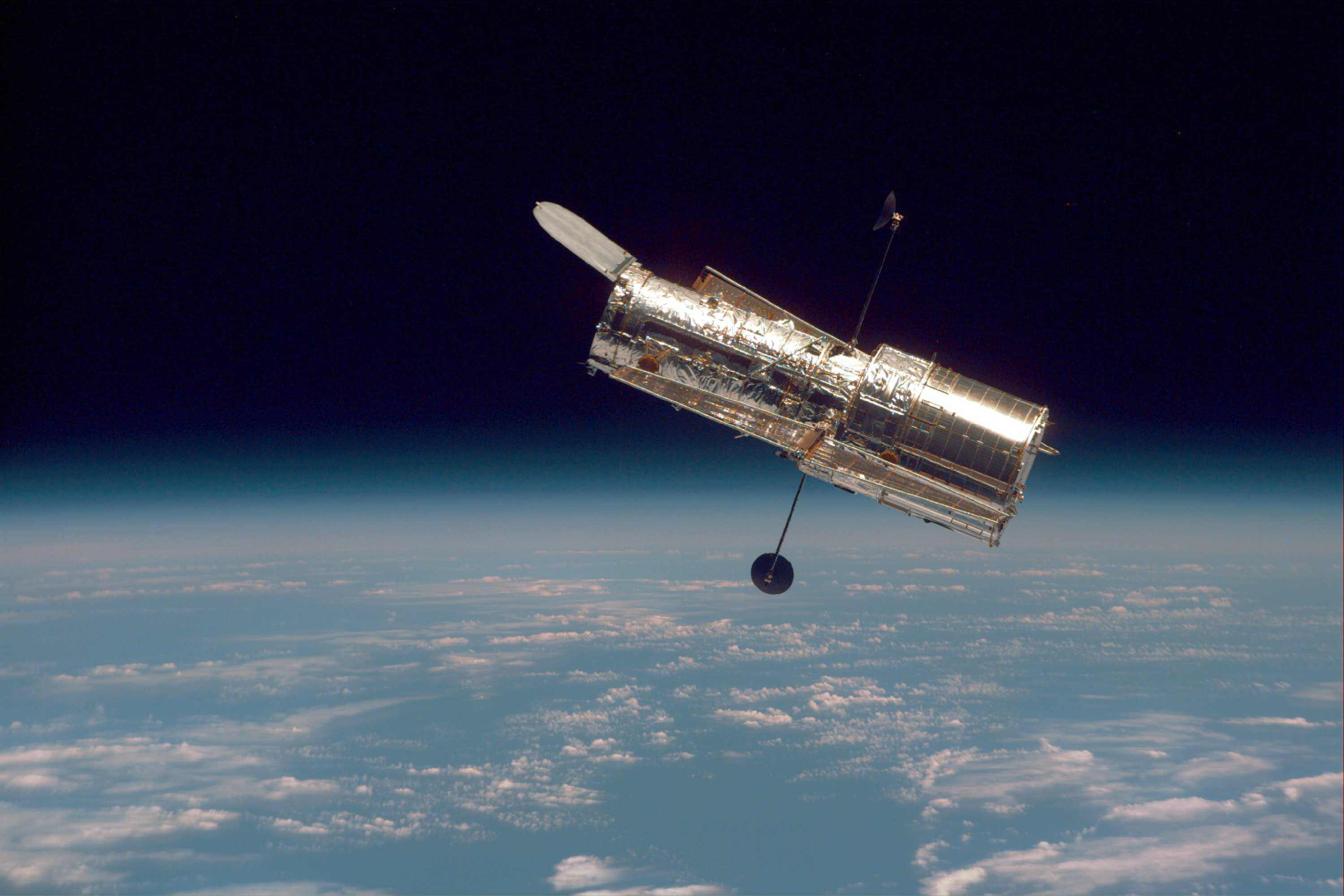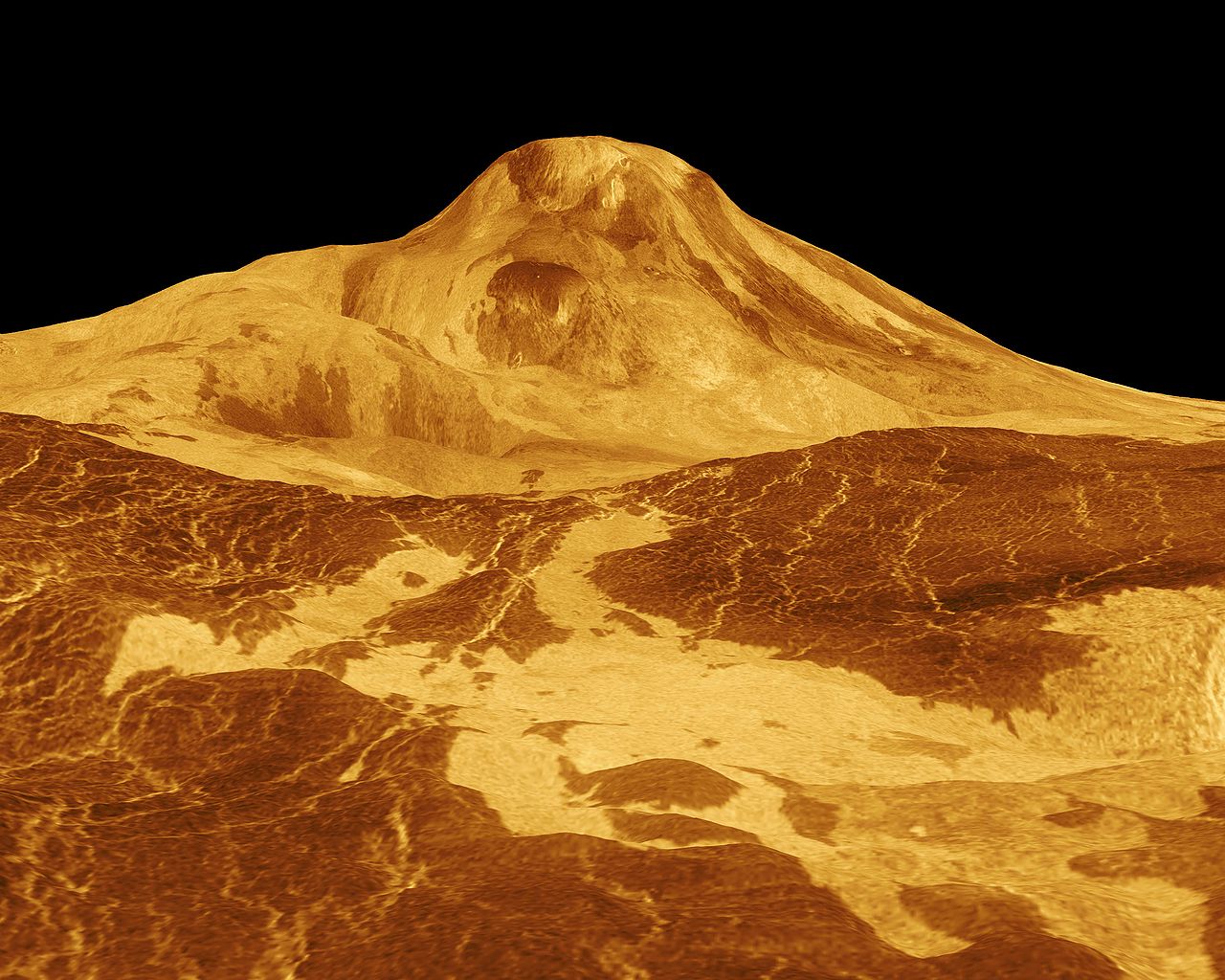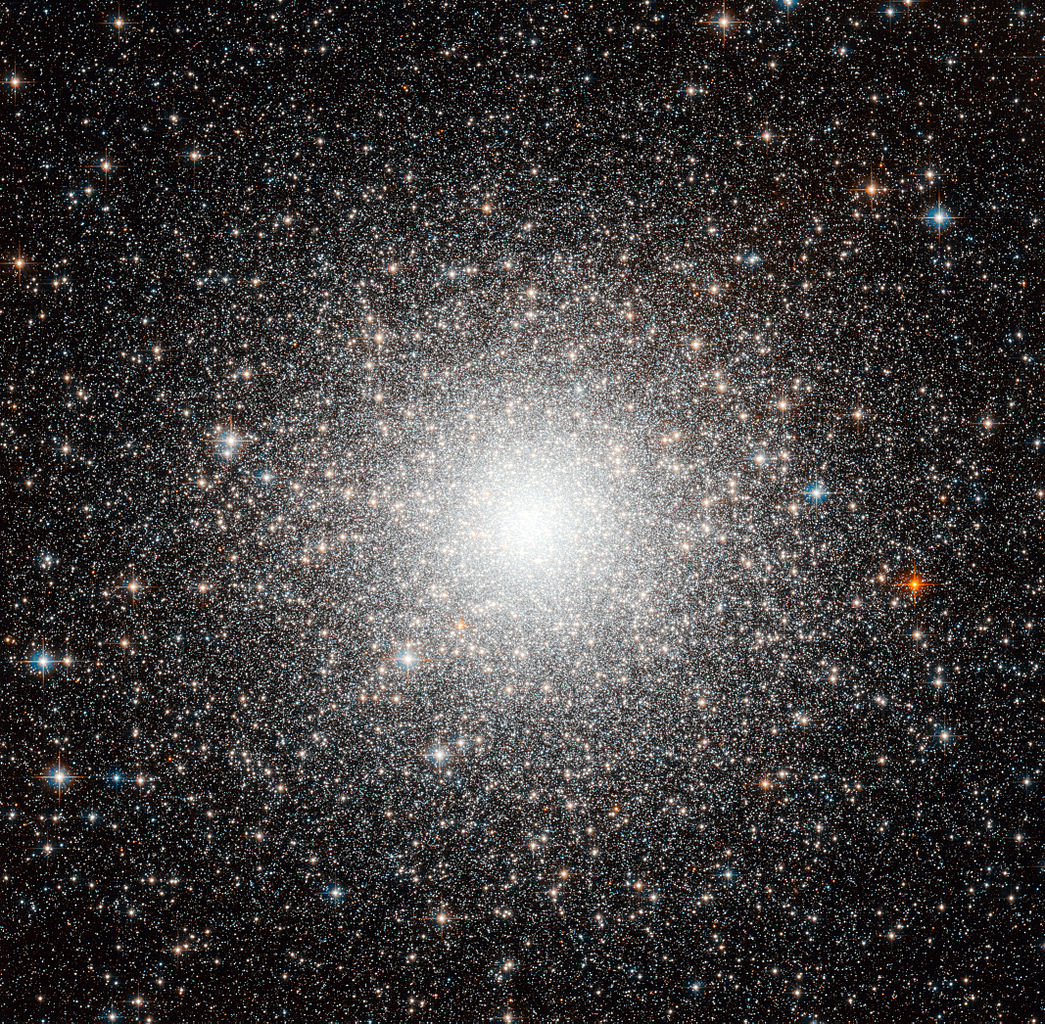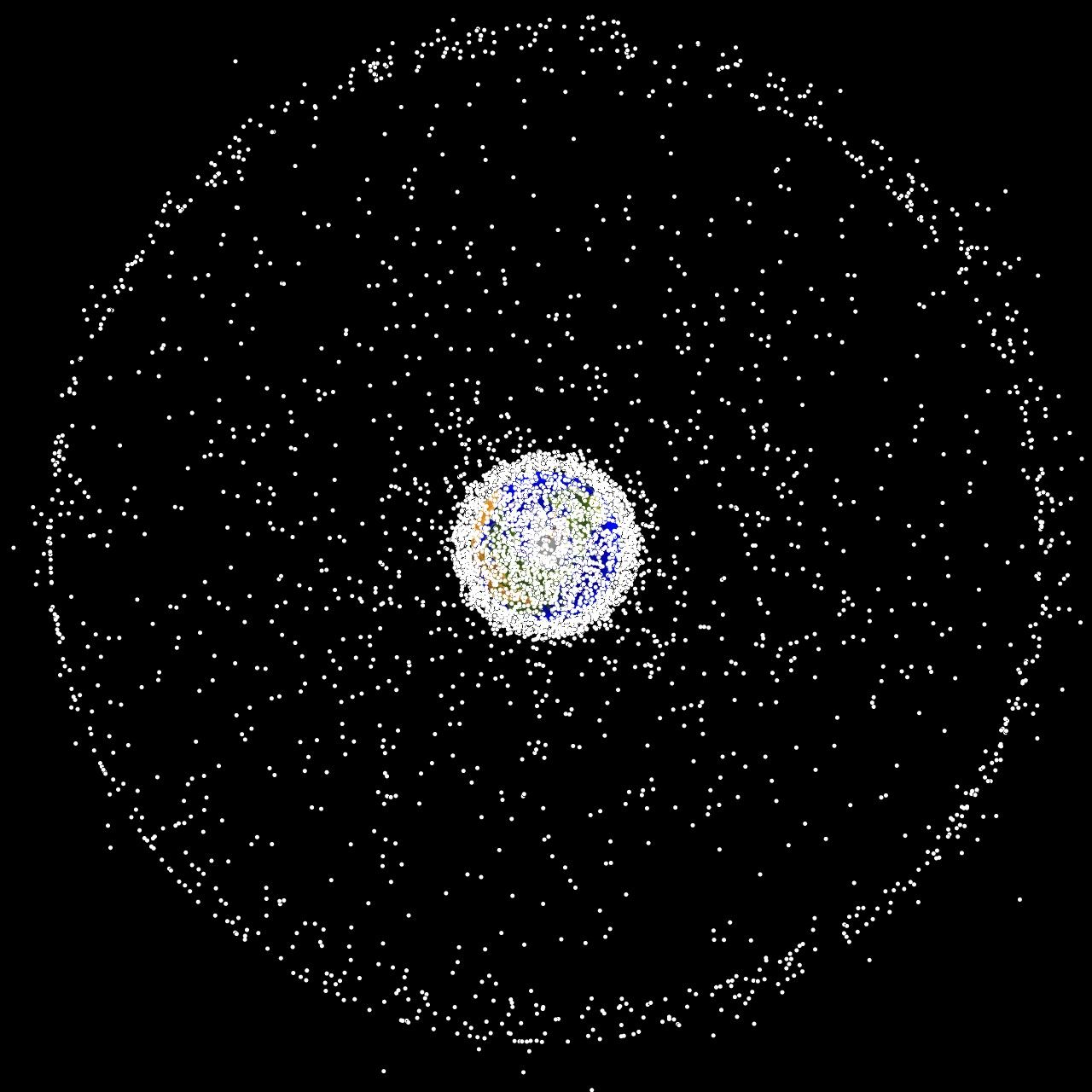On April 10th, 2019, the world was treated to the first image of a black hole, courtesy of the Event Horizon Telescope (EHT). Specifically, the image was of the Supermassive Black Hole (SMBH) at the center of the supergiant elliptical galaxy known as M87 (aka. Virgo A). These powerful forces of nature are found at the centers of most massive galaxies, which include the Milky Way (where the SMBH known as Sagittarius A* is located).
Using a technique known as Very-Long-Baseline Interferometry (VLBI), this image signaled the birth of a new era for astronomers, where they can finally conduct detailed studies of these powerful forces of nature. Thanks to research performed by the EHT Collaboration team during a six-hour observation period in 2017, astronomers are now being treated to images of the core region of Centaurus A and the radio jet emanating from it.
Continue reading “The Event Horizon Telescope Zooms in on Another Supermassive Black Hole”
